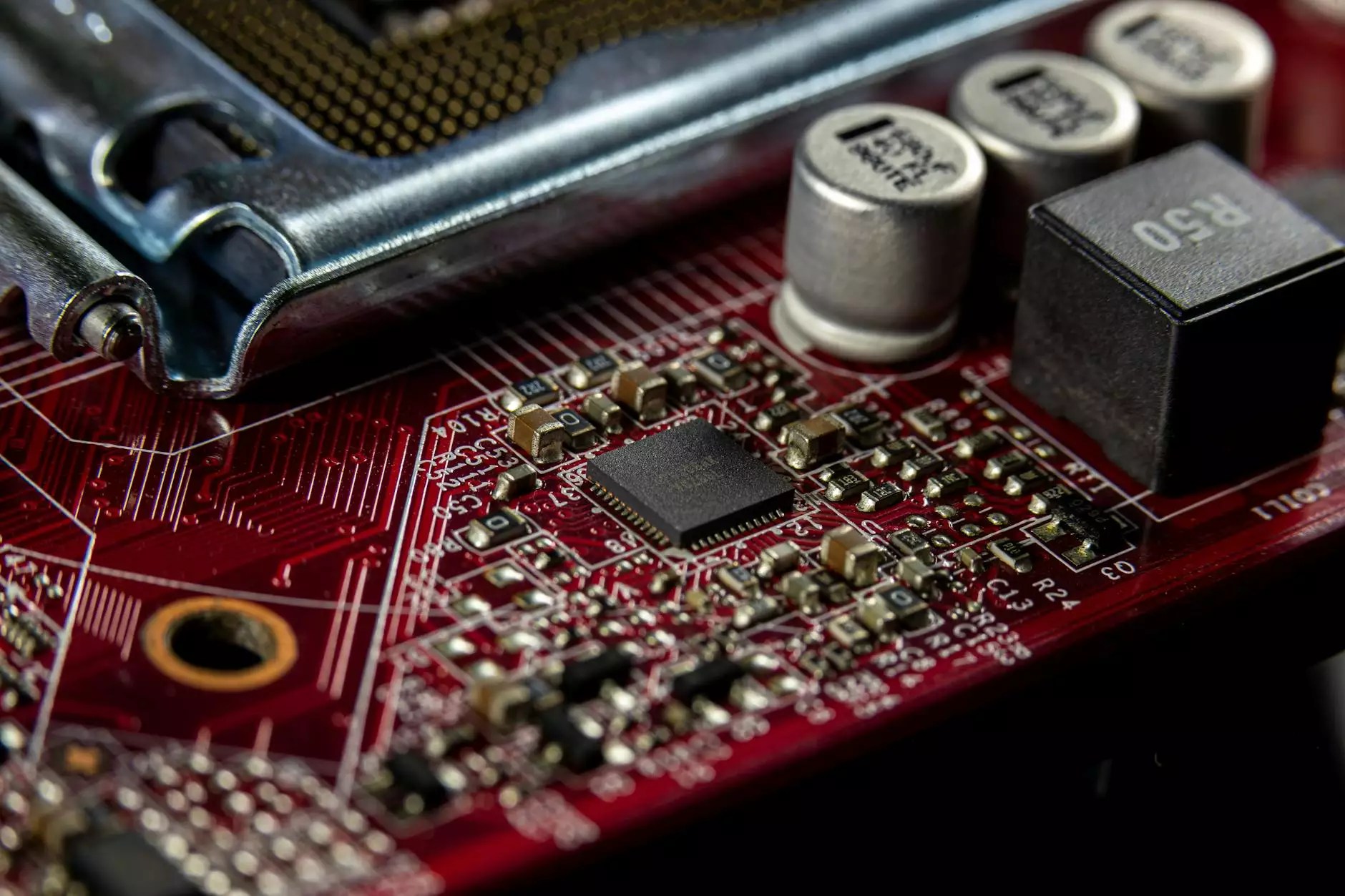The Importance of the Transmission Range Switch in Automotive Performance

In the complex world of automotive engineering, each component plays a pivotal role in ensuring the vehicle operates smoothly and efficiently. Among these components, the transmission range switch stands out as a key player. This article will explore what a transmission range switch is, its significance in vehicle performance, and why it is essential for automotive enthusiasts and professionals alike to understand this critical auto part.
What is a Transmission Range Switch?
The transmission range switch, also known as a neutral safety switch or transmission position sensor, is an electrical switch located within the automotive transmission system. Its primary function is to communicate the current position of the transmission to the vehicle’s engine control unit (ECU) and the instrument cluster. This crucial information helps in preventing the engine from starting in any gear other than 'Park' or 'Neutral', thereby enhancing safety and control.
Functions of the Transmission Range Switch
The transmission range switch performs several vital functions within a vehicle:
- Neutral Safety Function: Prevents the engine from starting unless the transmission is in 'Park' or 'Neutral', ensuring safe operation.
- Transmission Position Reporting: Sends information about the gear position to the ECU, facilitating optimal engine performance and smooth transitions.
- Reverse Lights Activation: Activates reverse lights when the transmission is in the 'Reverse' position, enhancing visibility and safety during parking.
- Shift Lock System Engagement: Engages the shift lock mechanism, preventing the shift lever from moving out of 'Park' unless the brake pedal is depressed.
Components of the Transmission Range Switch
The inner workings of the transmission range switch consist of several key components. Understanding these components can help in troubleshooting and maintenance:
- Housing: The outer shell that provides protection to the internal components from environmental factors.
- Electrical Contacts: Create connections that relay transmission position signals to the ECU.
- Position Sensor: Detects the gear position and communicates this information effectively, ensuring accurate readings.
- Mechanism Spring: Helps in returning the switch to its default position when not engaged.
How Does a Transmission Range Switch Affect Vehicle Performance?
The transmission range switch plays an instrumental role in enhancing vehicle performance in the following ways:
1. Safety Enhancements
By preventing the engine from starting in gear, the transmission range switch protects against potential accidents. This is particularly important for novice drivers who may inadvertently attempt to start the vehicle in a drive gear.
2. Improved Driving Experience
With accurate transmission position reporting, the switch ensures that the vehicle responds correctly to driver inputs, leading to a smoother and more responsive driving experience. This is crucial during abrupt gear shifts or challenging driving conditions.
3. Engine Efficiency
The information relayed by the transmission range switch enables the ECU to optimize engine performance, enhancing fuel efficiency. Proper communication between the transmission and engine helps maintain the balance between power output and fuel consumption.
Potential Issues with the Transmission Range Switch
Despite its importance, the transmission range switch may encounter several issues, which can impact vehicle performance:
- Incorrect Gear Readings: A malfunctioning switch can send incorrect signals to the ECU, leading to erratic vehicle behavior, such as unintended gear shifts.
- Failure to Start: If the switch fails, it may prevent the engine from starting altogether, leading to frustration and inconvenience.
- Electrical Problems: Issues with the electrical contacts can result in intermittent electrical failures, affecting the operation of reverse lights and safety systems.
Signs of a Failing Transmission Range Switch
Understanding the signs of a failing transmission range switch can help in early diagnosis and repair:
- Engine Won't Start: The most obvious sign of a malfunctioning switch is when the engine fails to start unless in 'Neutral' or 'Park'.
- Erratic Shifting: Noticeable delays or jerks during gear transitions may indicate a problem with the switch.
- Dashboard Warning Lights: The illumination of warning lights such as the check engine light can signal transmission-related issues, including those related to the range switch.
- Non-activation of Reverse Lights: If your reverse lights don’t activate when the gear is in 'Reverse', this may signify switch failure.
Maintenance of the Transmission Range Switch
Routine maintenance of the transmission range switch is essential for optimal vehicle performance. Here are some maintenance tips:
- Regular Inspections: Schedule regular inspections to identify potential issues before they escalate.
- Electrical Connections: Ensure that all electrical connections are clean, tight, and corrosion-free.
- Use Quality Auto Parts: When replacing any components, including the transmission range switch, source high-quality parts from reputable suppliers like Shenghai Auto Parts.
- Consult Professionals: When in doubt, refer to a trained automotive technician for diagnosis and repairs.
Conclusion
The transmission range switch is not merely a component of the transmission; it is an integral part of ensuring safety, performance, and efficiency in automotive vehicles. Knowledge about its function, potential issues, and maintenance can empower vehicle owners to maintain their vehicles better and potentially save on costly repairs. For those interested in enhancing their automotive knowledge and looking for quality auto parts & supplies, remember to visit Shenghai Auto Parts for a comprehensive selection of high-quality auto components.
Investing time in learning about the transmission range switch and its importance can significantly improve your driving experience. As technology continues to evolve in the automotive industry, staying informed about the components that keep your vehicle running smoothly is more important than ever.









